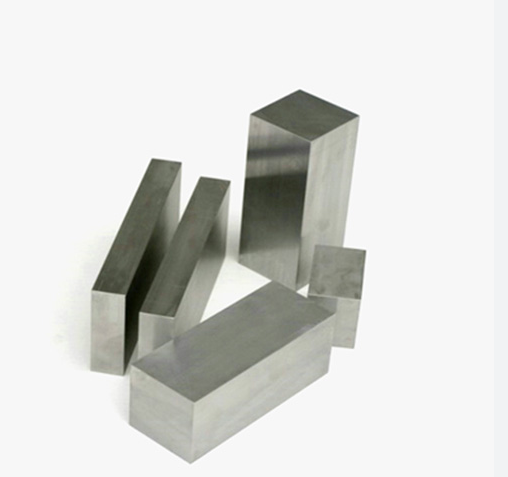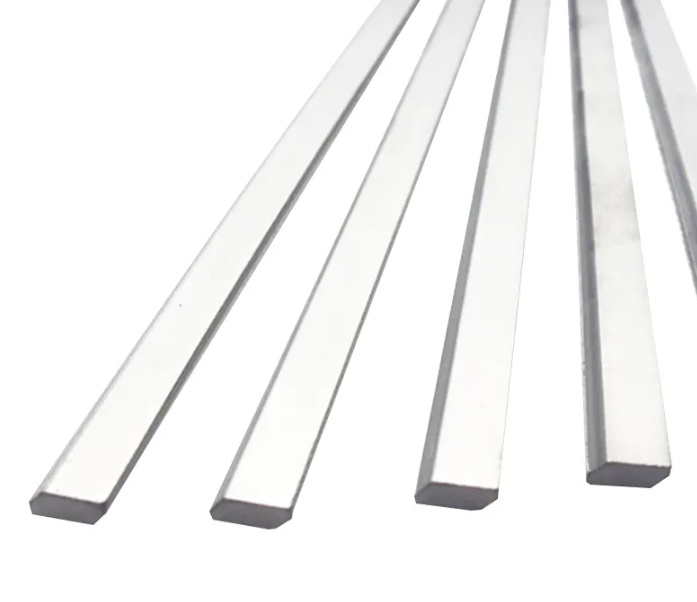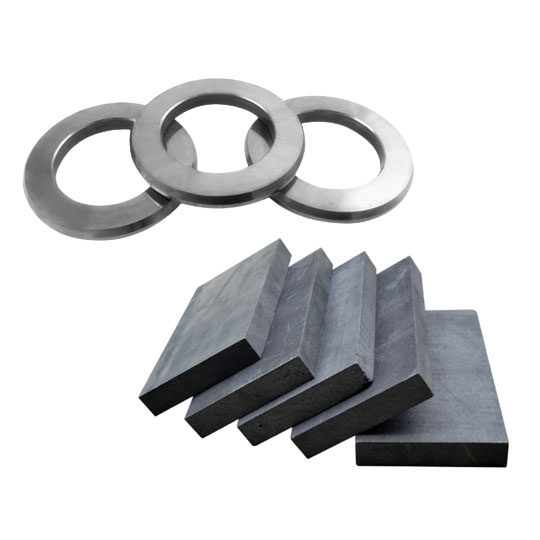Qu'est-ce que le rechargement de plaques de carbure ?
Vous êtes-vous déjà demandé pourquoi certains équipements industriels semblent survivre aux environnements les plus difficiles, alors que d'autres s'usent beaucoup trop vite ? La réponse réside souvent dans une technique appelée plaque de carbure rechargement.
À la base, le rechargement consiste à appliquer une couche résistante à l'usure - généralement constituée d'un alliage dur comme le tungstène ou le carbure de chrome - sur la surface d'un composant métallique. Cette couche augmente la durabilité du composant et prolonge sa durée de vie. Il s'agit en quelque sorte d'un blindage de vos machines.
Lorsque nous parlons de "rechargement de plaques de carbure", nous parlons spécifiquement de la fixation ou de la fusion de plaques de carbure. plaques infusées au carbure sur les surfaces vulnérables. Ces plaques sont remplies de poudres métalliques dures, créant une barrière incroyablement résistante à l'abrasion, aux chocs, à la chaleur et même à la corrosion. Les plaques de carbure sont comme les chevaliers de l'époque médiévale - testées au combat, robustes et presque indestructibles quand il le faut.
Le rechargement de plaques de carbure n'est pas seulement une solution fantaisiste ; c'est une nécessité dans des industries telles que l'exploitation minière, la construction, le pétrole et le gaz, l'agriculture et la production d'énergie. Partout où l'usure et la détérioration sont des ennemis fréquents, le rechargement constitue une ligne de défense fiable.

Avantages des plaques de rechargement en carbure
Soyons réalistes : personne ne souhaite remplacer des pièces toutes les quelques semaines ou être confronté à des temps d'arrêt. C'est là que les plaques de rechargement en carbure brillent.
1. Résistance extrême à l'usure
Ces plaques sont imprégnées de carbures métalliques tels que tungstène et chromeLe carbure de tungstène est l'un des matériaux les plus durs connus de l'homme. Le carbure de tungstène, par exemple, se classe parmi les matériaux les plus durs connus de l'homme. 9 sur l'échelle de dureté de Mohs. C'est juste un cran en dessous des diamants !
2. Durée de vie plus longue de l'équipement
Le remplacement des composants d'une machine n'est pas bon marché. Avec le rechargement, les pièces peuvent durer jusqu'à 10 fois plus longréduisant ainsi les cycles de maintenance et les temps d'arrêt.
3. Efficacité des coûts
Certes, les plaques en carbure coûtent plus cher au départ. Mais au fil du temps, elles permettent d'économiser des milliers d'euros en évitant les remplacements fréquents de pièces. C'est la différence entre l'achat d'une cafetière haut de gamme et le remplacement d'une cafetière bon marché tous les six mois.
4. Résistance à la chaleur et à la corrosion
Environnements à haute température ? Aucun problème. Les plaques en carbure résistent à l'oxydation et conservent leur intégrité dans les environnements à haute température. températures supérieures à 1000°C.
5. Polyvalence d'utilisation
Des bulldozers aux concasseurs de charbon en passant par les convoyeurs à grains, les plaques à surface dure s'adaptent à diverses formes et surfaces. Elles peuvent être laminées, coupées ou soudées pour répondre à vos besoins.
Types de Plaques de carbure
Il existe plusieurs types de plaques en carbure, chacune adaptée à des applications spécifiques. Comprendre leurs différences vous permet de faire un choix plus judicieux pour votre activité.
1. Plaques en carbure de tungstène
Sans doute le plus résistant de tous. Le carbure de tungstène est un composé de tungstène et de carbone, doté d'une dureté et d'une résistance thermique incroyables.
Pour : Extrêmement dur, résistant à la chaleur, excellente protection contre l'abrasion
Cons : Plus coûteux, cassant en cas d'impact important
2. Plaques de carbure de chrome
Parfait pour les environnements avec usure par glissement et impact modéré. Le carbure de chrome est également connu pour son excellente résistance à la corrosion.
Pour : Résistant à la corrosion, durable sous une contrainte modérée
Cons : Pas idéal pour les situations à fort impact
3. Plaques de carbure de niobium
Connu pour sa grande ténacité et sa résistance à l'usure, même en cas d'impact. Souvent utilisé dans les équipements de mélange.
Pour : Solide, résistant à la fracturation
Cons : Résistance à l'usure inférieure à celle du tungstène ou du chrome
4. Plaques en carbure de bore
Utilisé dans des applications très spécifiques, notamment lorsque la légèreté et l'extrême dureté sont essentielles.
Pour : Très léger, dur
Cons : Cher, rare
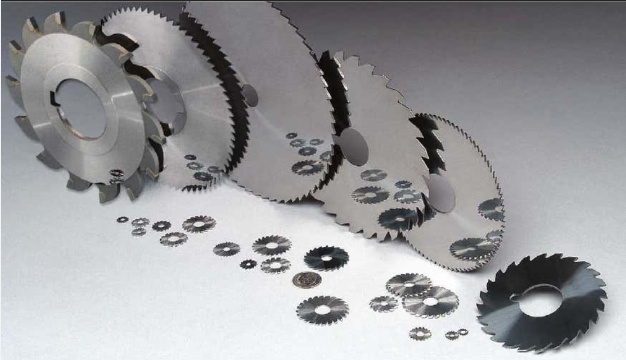
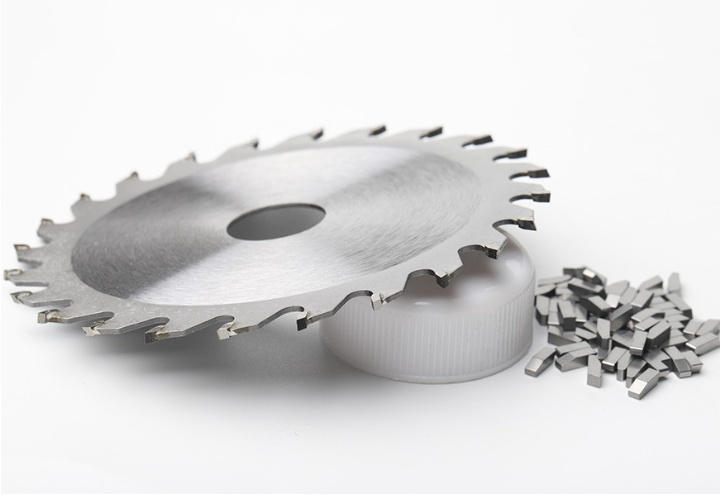
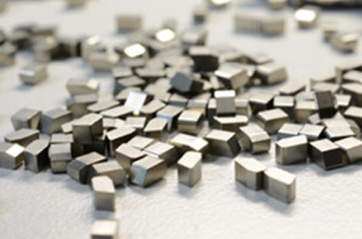
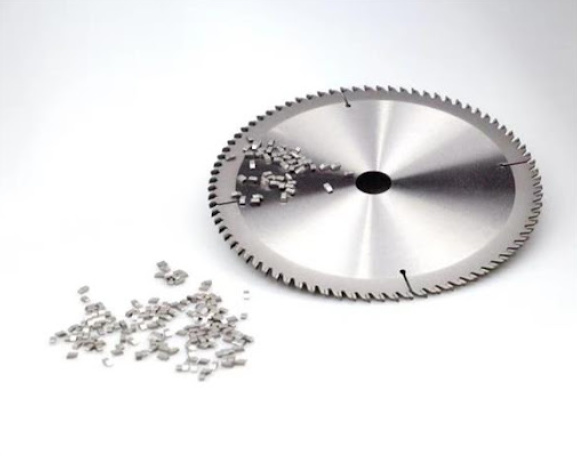
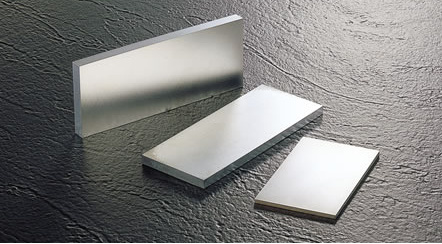

Modèles de poudres métalliques couramment utilisés dans les plaques de rechargement en carbure
Ci-dessous 10 modèles spécifiques de poudres métalliques largement utilisés dans la production de plaques de rechargement en carbure, chacun ayant des compositions et des avantages uniques :
| Modèle de poudre métallique | Composition | Caractéristiques principales | Applications |
|---|---|---|---|
| WSC10 | 10% Cobalt, 90% WC | Dureté élevée, résistance à la corrosion | Outils miniers, forets |
| CrFeC65 | Chrome, fer, carbone | Résistant à l'abrasion modérée | Pales agricoles, ventilateurs |
| TungHard45 | 45% Tungstène | Très haute résistance à l'abrasion | Matériel de terrassement |
| NbC25 | 25% Carbure de Niobium | Excellente résistance aux chocs | Palettes de mélange |
| CrC75 | 75% Carbure de chrome | Excellente protection contre l'usure par glissement | Revêtements de convoyeurs |
| BoroShield | Alliage de carbure de bore | Léger, ultra-dur | Armure légère |
| TiC60 | 60% Carbure de titane | Ténacité élevée, résistance à l'usure | Couteaux industriels |
| WC-Co75 | 75% Carbure de tungstène, matrice de cobalt | Dureté et résistance du liant supérieures | Outils de coupe à grande vitesse |
| NiCrSiB | Nickel, chrome, silicium, bore | Bon pour la pulvérisation thermique | Tubes, tuyaux |
| ZrC20 | Carbure de zirconium | Conductivité thermique élevée | Fours à haute température |
Applications typiques de la Plaque de carbure Rechargement
Les plaques de rechargement en carbure sont utilisées dans de nombreuses industries. Voyons quelques exemples concrets :
Exploitation minière
Les équipements tels que les goulottes, les trémies et les concasseurs sont constamment bombardés par des roches abrasives. Les plaques à surface dure garantissent la longévité de ces composants.
La construction
Les lames de bulldozer, les godets d'excavateur et les chargeurs bénéficient de la résistance à l'abrasion des plaques de carbure, ce qui leur permet de labourer la terre et la pierre sans s'user.
Pétrole et gaz
Dans les outils de fond de puits et les composants des pipelines, les plaques de carbure offrent une protection contre l'érosion et les températures extrêmes.
Agriculture
Les moissonneuses et les charrues sont souvent confrontées à la terre, aux pierres et à la végétation coriace. Le rechargement augmente considérablement leur durabilité.
Production d'électricité
Les systèmes de manutention des cendres volantes et les broyeurs à charbon des centrales électriques sont également parfaitement adaptés aux plaques de rechargement en carbure.
Aperçu du processus de rechargement
Comment obtenons-nous ces plaques super résistantes ? Voici un aperçu de la magie qui se cache derrière le rideau.
1. Préparation de la surface
Tout commence par une surface propre. Les éventuels contaminants ou la rouille sont éliminés pour garantir une liaison solide.
2. Méthodes d'application
Différentes techniques sont utilisées pour appliquer la poudre métallique sur la plaque de base :
- Soudage (MIG, TIG, PTA): Courant pour les recouvrements épais
- Pulvérisation thermique: Idéal pour les revêtements fins et précis
- Revêtement par laser: Haute précision, faible dilution
- Brasage: Utilisé dans des environnements à faibles contraintes
3. Post-traitement
Après l'application, la surface est souvent rectifiée ou polie. Certaines pièces peuvent subir un traitement thermique pour améliorer l'adhérence et la résistance.
Choisir le bon Plaque de carbure Fournisseur
Cette partie est importante, presque autant que le choix du bon matériau. Un mauvais fournisseur peut se traduire par une qualité irrégulière, des livraisons peu fiables et une assistance technique inexistante.
Facteurs à prendre en compte :
- Réputation et expérience: Recherchez des fournisseurs qui ont plusieurs années d'expérience et qui ont un excellent retour d'information de la part de leurs clients.
- Certifications: Les normes ISO, les rapports d'essais en laboratoire et la traçabilité des lots sont autant de signaux d'alarme.
- Support technique: Vous aident-ils à choisir le bon alliage ? Personnalisent-ils le design de la plaque ?
- Capacité de production: Peuvent-ils répondre à vos exigences en matière de volume ? Particulièrement important pour les opérations de grande envergure.
- Délais et logistique: Les retards peuvent vous coûter cher. Assurez-vous que votre fournisseur dispose d'une chaîne d'approvisionnement solide.
Parmi les fournisseurs mondiaux les plus connus, on peut citer Hardcarb Technologies, Castolin Eutectic, SSABet VAUTID.

FAQ
| Question | Réponse |
|---|---|
| Quels sont les métaux couramment utilisés dans les plaques de carbure ? | Alliages de tungstène, de chrome, de niobium, de bore, de titane et de cobalt. |
| Quelle peut être l'épaisseur des couches de rechargement ? | Cela dépend de la méthode, mais généralement de 1 mm à plus de 20 mm. |
| Les plaques de carbure peuvent-elles être coupées et soudées ? | Oui, avec des outils spéciaux. Le découpage au plasma et le soudage à faible teneur en hydrogène sont courants. |
| Quelle est la durée de vie par rapport aux pièces non revêtues ? | Généralement 3 à 10 fois plus long, en fonction des conditions d'usure. |
| Les plaques de carbure sont-elles recyclables ? | Oui, mais avec des processus de recyclage spécialisés en raison de leur dureté. |
| Puis-je utiliser des plaques de carbure à la fois pour l'impact et l'abrasion ? | Certains peuvent traiter les deux, comme le carbure de tungstène, tandis que d'autres sont plus adaptés à un type. |
| Est-il préférable d'utiliser la pulvérisation thermique ou le soudage ? | Cela dépend de l'épaisseur et de l'application. Le soudage est préférable pour les couches épaisses, la pulvérisation pour les couches minces. |
| Comment stocker les plaques de carbure ? | Conserver dans un environnement sec et propre pour éviter l'oxydation. |
| Le rechargement présente-t-il des risques pour l'environnement ? | Certaines fumées dégagées lors du soudage peuvent être dangereuses. Une ventilation adéquate et des EPI sont essentiels. |
| Quel est le délai de livraison pour les commandes personnalisées ? | Généralement 2 à 6 semaines, mais cela varie en fonction du fournisseur et de la complexité. |

